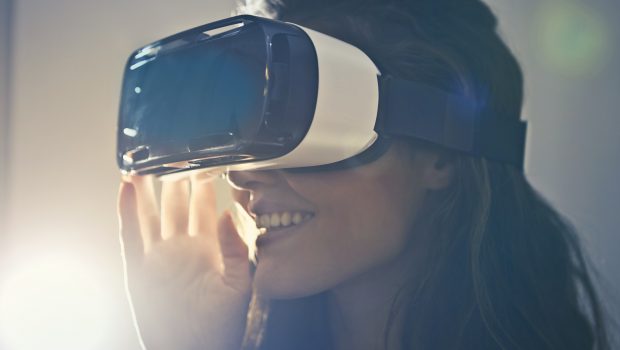VR vs AR. What’s the Difference?
In today’s fast-paced, technology-heavy culture, there’s tons of talk about virtual reality (VR), augmented reality (AR) and mixed reality (MR). It’s easy to have some confusion surrounding the differences between these emerging technologies. The terms augmented reality and virtual reality might conjure images of Pokémon Go or immersive video game experiences from Ready Player One. However, as time progresses AR and VR are becoming more than tools for the gaming industry. Augmented and virtual reality are becoming powerful marketing tools for some of the top-class, well-known brands. Although AR and VR have been around for a few years, the potential of these technologies for branding and marketing purposes seems to have barely scratched the surface. While all are immersive technologies that involve virtual and real-world elements, there are stark differences among them as well.

What is Augmented Reality?
Augmented reality involves the overlay of digital information on real-world elements. AR makes the real world the central part of the story, enhanced by other digital layers that build on the reality or environment. Rather than provide a fully immersive virtual experience, AR technology enhances the real-world with images, text, and other virtual elements through devices such as smartphones, tablets, and AR glasses.
How is AR utilized?
Companies in aviation, automotive, healthcare, travel and tourism, and more are developing augmented reality solutions. For example, IKEA, a leader in furniture, kitchen appliances, and home accessories, created an AR app that helps shoppers visualize what certain products will look like in their home before they purchase them. Augmented reality technology can enhance travel experiences in many ways as well. Imagine being on a self-guided walking tour and wanting to know details about the architecture of a building you stumbled upon. With augmented reality technology apps, you’ll be able to simply point your phone at an object, and all the details are projected in your line of sight. Due to the creation of tools such as ARKit by Apple and Google’s ARCore, smartphones can be the best way for the public to have experiences with AR technology. An increasing number of individuals and corporations outside of the tech industry are getting more and more exposure to augmented reality. So much so that AR experiences may be commonplace in the next decade or two.
What is Virtual Reality?
Referred to as fully immersive media, or computer-simulated reality, VR seeks to replace an environment that allows a user to imagine a physical presence in actual or imagined settings. VR has come to be the agreed term for all immersive experiences whether constructed of real-world content, manufactured scenes, or a combination of both. The immersive possibilities of VR is unparalleled and, with the right setup and the best VR headset, it can really feel like you’re walking into a different dimension.
How is VR Utilized?
Virtual reality is already being implemented to help surgeons before surgery, people experience a travel destination from their living rooms, children learn in a simulated moonwalk and soldiers train for combat scenarios. Velux, a Danish company that specializes in designing skylights, used VR to help give customers an idea of what their product can do by showing what a room would look with a variety of their designs. This is just one creative way to use this technology to help improve the purchasing process. The future will be full of even more VR applications as businesses of all kinds figure out ways technology can enhance operations. The potential of VR for various industries is exponential as businesses integrate VR experiences and create VR related products like gloves, clothing, and headsets.
As retailers search for ways to bring users back to brick-and-mortar stores through immersive store experiences, and brands everywhere try to close the gap between their offline and online experiences, we are seeing AR and VR emerge as powerful tools. Though the technology and its applications are still nascent (in relative terms), brands would be smart to start considering ways to incorporate augmented and virtual reality as part of a comprehensive marketing strategy.
















